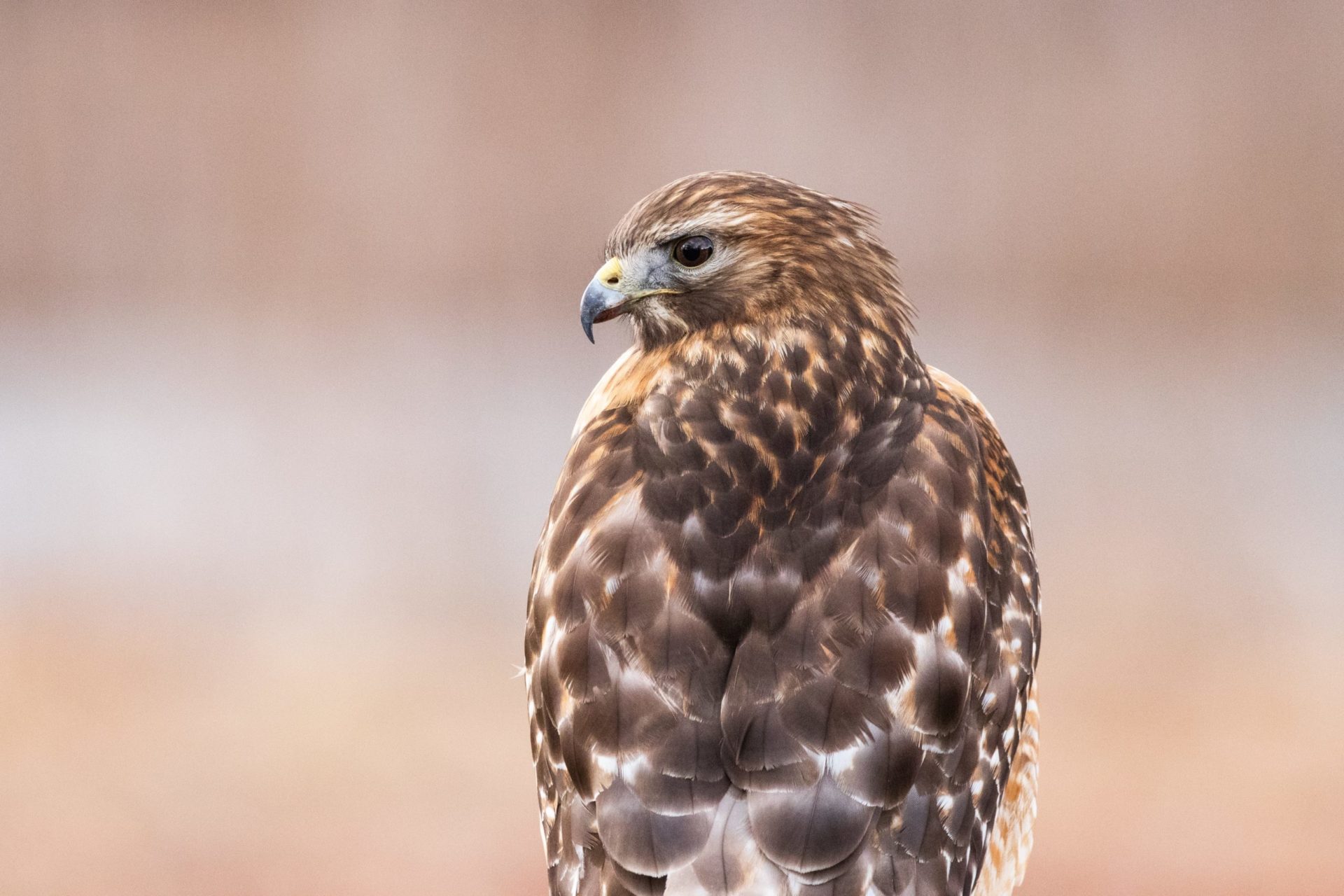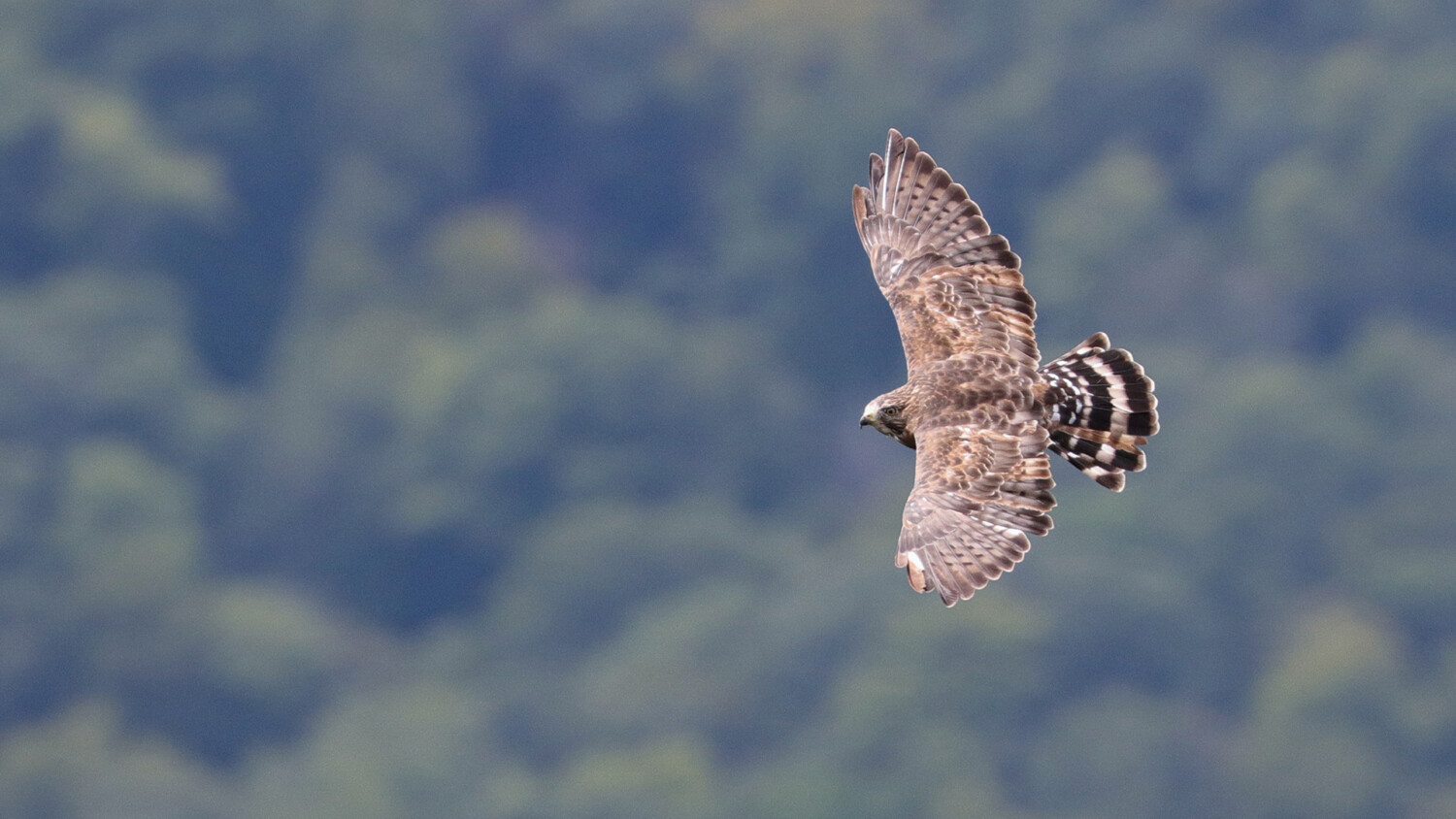Top 22 Amazing Facts About Hawks
Introduction
Hawks are medium-sized diurnal birds of prey from the Accipitridae family, widely distributed across the globe with over 200 species. They have incredible hunting abilities, keen sight, and beaks shaped like claws. Birds of prey, particularly hawks, are among the most captivating animals that attract man's attention due to their speed and ability to think. These birds are notable because they are birds of prey that can hunt in the sky and on the ground. Like any fish, there is so much you can learn about species that are over 200 and still have some astounding characteristics.

This article will present 20 fascinating facts about hawks, covering their behavior, hunting skills, habitats, and other interesting aspects. Because these birds are available in nearly all parts of the globe, they can adapt to sundry habitats. They are known to have a balance of the food chain, and they are essential.
Habitat and Species Diversity
You can find Hawks in many places around the world. They can live in forests, planes, deserts, or around water bodies. These birds have yet to be known to have difficulty choosing a home in various habitats.
Diverse Habitats
Hawks inhabit various environments, including marshes, forests, prairies, mountains, and more. Some live in forested regions with many trees, while you can find others in more open areas, including prairies and deserts.
Hence, some even nest near rivers and lakes, for instance, to catch fish. They could be of any kind, but they are versatile birds that can make their home anywhere.
Global Distribution And Species Count
With over 200 species, hawks are found on every continent except Antarctica. This sharp-taloned bird of prey is distributed almost everywhere, and there are many types of hawks.
They range from the Americas, Europe, Africa, and Asia, but you need help finding them in Antarctica. Within each continent, they are as different as the climate they inhabit. These birds can be found in forests, mountains, and deserts, too!
Size And Appearance
Hawks can exist in different sizes. Some are gigantic rods, and some are thin, flexible ones. They also vary in color, ranging from brown to grey and even red.
The Largest Hawk - Northern Goshawk

The Northern Goshawk is one of the most enormous birds of prey in the market. It reaches a body length of 15 cm and has a wingspan as wide as 30 cm. These birds are very muscular and may measure up to 4 pounds.
They rely on their heft and size to hunt large prey like other birds or rabbits. The Northern Goshawk is easy to spot in forests since it has grey plumage with a light grey belly and wings. The breeding adult male is somewhat darker grey.
The Smallest Hawk - Little Sparrowhawk

Little Sparrow Hawk is the smallest hawk you can ever encounter. It is 8 inches long and weighs only 3 ounces. It measures about 14 inches across the wings, allowing it to fly swiftly and hunt small animals.
This bird is best suited for hunting insects, small birds, and tiny mammals. It is a small animal, but it is perfect for hunting!
Senses And Hunting Skills
These birds are excellent hunters. They utilize their exceptional eyesight, efficient speed, and sharp claws to hunt for their food. This is why they are hunting versions and are very effective at it.

Exceptional Eyesight
Hawks can see up to 8 times more clearly than humans, mainly using their vision for hunting. As far as its eyesight, a hawk sees very well – well enough to spot a mouse from a distance.
Due to the excellent vision, a good place to get food is easily identified. They can see them swimming in water bodies, grassy fields, forests, or even flying high in the sky.
Speed In Flight
Some hawk species can dive at speeds of up to 240 km/h (150 mph) during hunts. They are among the fastest flyers you’ll ever encounter in the bird’s realm. They can dive toward their food at breakneck speeds, almost as fast as cars on this highway!
This speed also assists them in snatching other animals, such as birds, mice, or rabbits, before they are out of reach.
Hunting Techniques
Hawks use their sharp talons to catch prey both in the air and on the ground. Flight hawks use their sharp claws to catch their prey while in flight or on the ground. They have good flying ability to see small birds and animals by flying in the air for a year.
There are also stories that these birds may prey on rodents like mice or scaly lizards at high speed and perpetually grab the home ground with claws.
Diet And Feeding Behavior
Hawks are considered a carnivore, which means that they feed on other animals. They can capture and eat a variety of foods.
Diet Variety
Hawks eat small mammals, birds, reptiles, insects, and even crustaceans. They are not picky eaters. They eat many kinds of food. Some species of hawks have been identified as prey on games, such as mice and rabbits.
Still, others target birds, reptiles, ants, and insects you could probably imagine. Hawks are good hunters who can capture almost any animal and hunt and catch anything.
Post-Feeding Behavior
After eating, hawks regurgitate indigestible parts such as fur, feathers, and bones in the form of pellets. Now and then, when they feed, they do not swallow all the food. They cannot chew something like fur or bones, so they regurgitate later in a compacted form of small pellets.
The small round ball-like particles that are not digested are called these pellets. If you find one, you can look inside and find out what the hawk had to eat.
Social And Reproductive Behavior
Hawks are solitary birds and only gather in small numbers at a given time of the year. The groups also have unique methods of raising their children.
Flocking Behavior
When migrating, hawks form large groups called "kettles," taking advantage of warm air currents. As they move towards warmer areas, they migrate in large groups, often called kettles.
Depending on warm air, these birds circle and do not need to spend a lot of energy keeping aloft. Thus, it is wonderful to note that many hawks may fly at once in a large flock!
Monogamous Behavior
Some hawk species mate for life, maintaining a monogamous relationship. They are very loyal birds to their partners as well. Once they pair, eagles are monogamous and remain together until death separates them.
They incubate their young and hunt together. Because the two are very close, their offspring can survive as the two partners protect their family and their home. In the bird’s life cycle, hawks are devoted and committed to their partner.
Courtship Rituals
Male and female hawks perform aerial courtship "dances" as part of their mating ritual. To attract a partner, they perform aerial stunts. In these elaborate mating performances, the birds fly in formation erratically, fly high, and then plunge downwards in mid-air. Many eagles are monogamous, meaning they only have one mate for life. During the breeding season, they build and repair nests together. Intercourse in the eagle is also known to be lifelong, just like with hawks. They come together to create homes and provide for the little ones.

Eagle courtship involves dramatic flight displays. The male and female will soar high into the sky and then dive toward each other in a series of loops and dives until they eventually lock talons and tumble toward the ground. Such a flight show is helpful for these birds and eagles to display to each other. The male and female do these extraordinary stunts to demonstrate power and vitality. They perform such flamboyant actions during their courtship season.
Breeding And Nesting
Female hawks lay 1 to 5 eggs per year, and both parents care for the eggs until they hatch. They are good parents also, and the male will incubate eggs well as the female hawk.
These eggs are well protected by the birds in the nest, often established in places such as tall trees or cliffs. The fledglings are left under the parents' care until they are young enough to fend for themselves and catch their food when they can fly.
Growth And Development
Hawks mature fast and are more muscular when they are mature. They are hatched entirely immature and initially cling to their parents, but they grow up to hunt and fledge independently of them.
Quick Growth And Fledging
Young hawks fledge within 42 to 48 days but stay with their parents to practice hunting and flying. Like other hawk species, hawk chicks take their time in the egg before hatching and mature quickly. Living fully developed humans within a month and a half, they get basic flight abilities necessary for their existence.
But even once they reach the point at which they can fly, they do not permanently leave the nest straight away to look for food, although they do go and take some lessons from their parents. This is a unique period in their growing because they are learning how to fish for their supplies.

Size Difference Between Genders
Female hawks are generally larger than males. It is often the case that in most hawks, the female is much larger than her male counterpart.
This difference in size makes the female better protect the nest and the eggs. The size also makes the female more effective when hunting for food to feed her children.
Communication And Behavior
Like other birds, hawks communicate with each other through vocal communication, signals, postures, and their flight display. These methods are very efficient.
Territory Defense
Hawks screech to defend their territory or communicate, especially during flight. Generally, when a hawk feels threatened, it releases a screeching sound. This call discourages any other one from coming near this one.
During flight, these birds also have some ways of communicating, and one of them is screeching. The loud calls enable them to contact their mate and educate other animals about their existence.
UV Vision
Hawks can see ultraviolet colors, giving them an advantage in detecting prey. They are very sharp-sighted birds. It can detect hues that are inaccessible to people, such as ultraviolet radiation.
It also allows them to find smears of small mammals’ urine, almost undetectable by human vision. Because their vision is sharp, they make good hunters, giving them an edge over all other marauding predators.
Intelligence And Cultural Symbolism
Hawks are not only effective hunters but also have intelligence and spirituality concerning human beings.

Prey Concealment
Hawks "mantle" their prey by spreading their wings to shield it from other predators. When the hawk has caught its prey, it will spread its wings over it to protect it. This behavior discourages other animals from stealing the food.
Its wingspan forms another protective umbrella-like circle, and the prey is beyond the reach of any other predator.
Hawk Intelligence
Hawks are ranked among the most intelligent birds due to their innovative feeding habits. They are fantastic fliers and have one of the sharpest brains. They understand how to navigate the environment to trap food.
Some will even take their food away or put it in the nest or elsewhere to eat it later. This advances their intelligence, which they use to face numerous challenges in the wild.
Cultural Symbolism
Hawks symbolize wisdom and sharp observation, often used in political and sports emblems. That is why they signify power and wisdom dating back thousands of years. In many cultures, they are depicted in art, flags, and emblems because this bird is associated with strength, wit, and intelligence.
Historically, these birds have been part of logos for some sports teams and political emblems. These are good examples of vigilance and mental planning.
Thermal Migration
Eagles rely on thermal updrafts to assist their flight during migration. By riding these warm air currents, they conserve energy on long journeys. Hawks and eagles are known for their incredible long-distance migrations. They use thermal updrafts to help them during these long flights.
These warm air currents rise from the ground, and eagles and hawks use them to glide through the sky without flapping their wings too much. They can travel long distances by catching these warm air pockets while saving energy. This ability allows them to travel across continents, flying from cold regions to warmer ones, and it helps them survive during harsh winters.
Eagles In Politics
In political terms, "hawks" refer to individuals who advocate for the use of military force. Many sports teams, such as the Atlanta Hawks and the Hawthorn Hawks, also use eagles as mascots, symbolizing power and speed. Hawks and eagles make long-distance migrations. However, to assist them during these long flights, they use what is known as thermal updrafts.
These warm air currents rise from the ground, and pinions are what eagles and hawks use to fly through the air without much flapping of the wings. They can travel long distances by trapping these warm air pockets while conserving energy. It enables them to move from one continent to another, fly from cold countries to warmer places, and live during winter.
Conclusion
Hawks are incredible birds that are very different from the others in many aspects of their lives and skills. They are found in several habitats, have perfect eyesight, and are aerial while hunting or migrating. Loyalty, siblings’ relationships, and significant representations make them wise and strong as the symbol of intelligence. From flying majestic birds to influential mascots in our politics and favorite sports teams, hawks are still fascinating to us.


































